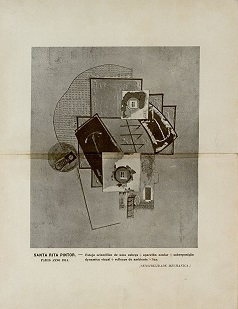A study on Balzac’s figurability: The disfiguration of Camille Maupin’s retrato
DOI:
https://doi.org/10.5007/2175-7917.2016v21n2p134Abstract
http://dx.doi.org/10.5007/2175-7917.2016v21n2p134
In this article, the current idea of reading the descriptive in Balzac’s novels as a stylistics "mania" or as the inscription of the sensible world in the text, thus, prefiguring a novel with a coherent and cohesive signification is re-evaluated. The intent here is to suggest to the reader an analysis of a poetic element in Balzac´s work - the figurability - its aesthetic achievements and possible problems in the relationship between the novel and the representation issues. Camille Maupin’s portrait, a character of the novel Béatrix, thus appears as a problematic figurative composition regarding the affirmation that in Balzac’s novels the key characteristics are a faithful representation of the common world. Instead of this faithful reproduction, we notice a reconfiguration of the sensible body. Following chiefly Georges Didi-Huberman’s study about the formless resemblance in Georges Bataille and the Battailean concept of materialism, we suggest the reading of the Camille Maupin’s body as a description of a formless body, prioritizing how Balzac’s fictional text makes the human figure visible.
Downloads
Published
How to Cite
Issue
Section
License
This journal provides open access to all of it content on the principle that making research freely available to the public supports a greater global exchange of knowledge. Such access is associated with increased readership and increased citation of an author's work. For more information on this approach, see the Public Knowledge Project, which has designed this system to improve the scholarly and public quality of research, and which freely distributes the journal system as well as other software to support the open access publishing of scholarly resources. The names and email addresses entered in this journal site will be used exclusively for the stated purposes of this journal and will not be made available for any other purpose or to any other party.

Este trabalho está licenciado com uma Licença Creative Commons - Atribuição 4.0 Internacional.


